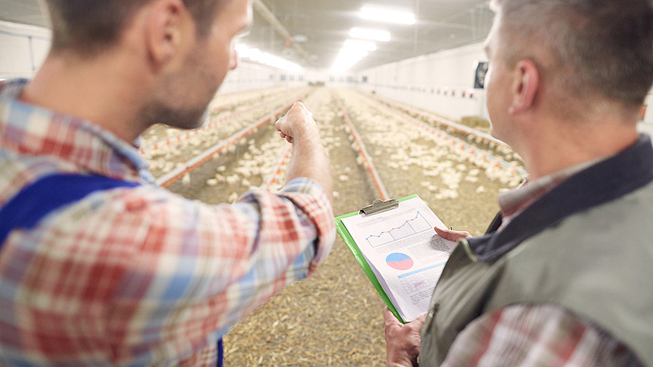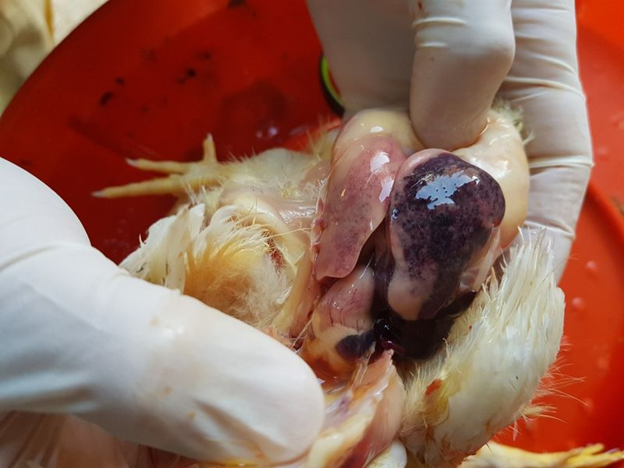Global feed additive company Perstorp has appointed Dr. Satyajit Jagtap to lead the sales activities for the Animal Nutrition business in the Indian subcontinent. Dr. Jagtap joined Perstorp on January 18th and reports directly to Perstorp Animal Nutrition Vice President for APAC Dr. Jim Ren. Perstorp’s Animal Nutrition Business has an ambitious growth strategy in Asia Pacific. Its portfolio is based on organic acids and esters of organic acids such as butyric and propionic acid. These solutions have exhibited highly effective properties in improving animal growth performance, gut heath and…
Year: 2021
NEW DATES & NEW DESIGN – SPACE 2021
The year 2020 will go down in history as a year of cancellations! Fun was cancelled, socialising was cancelled, and of course SPACE was cancelled. In May 2020, due to the Covid 19 pandemic, we had to make the difficult but necessary and responsible decision to call off our in-person Expo. It was important to us to let you know as early and as clearly as possible, out of respect for your business. Thank you for your support in the face of this difficult and unprecedented time in the history…
Why Mycotoxins Matter in Broiler Production
Lorran BaeumleGabardo The negative impacts of mycotoxins in poultry can be far-reaching, decreasing gastrointestinal integrity, immunity and performance in broilers and resulting in economic losses.Given the high rates of mycotoxin in poultry feed, a mycotoxin risk management strategy is needed to protect fattening animals in all phases in order to reduce the challenges in the animal and ensure profitability of production. Poultry producers frequently ask: What is the real impact of mycotoxins on the broiler’s productivity? What sounds like an easy question is, in the case of mycotoxins, unfortunately not so…
Main Causes of Changes in Liver Coloration in Poultry
Manuel Contreras, DVM, MS, Diplomate ACPV Nuscience/ Special Nutrients, Miami, Florida, USA In many poultry markets around the world where chicken viscera are commonly sold in supermarkets, the appearance of the liver is very important for marketing purposes. Customers have a tendency to associate the health status of the birds with the color of the livers displayed in the shelves in stores. If the organ looks pale, yellow or congested, it is generally assumed that something went wrong in the farm and that the animal got sick before being slaughtered. …
Protected: January 2021
There is no excerpt because this is a protected post.
Protected: March 2021
There is no excerpt because this is a protected post.
Protected: February 2021
There is no excerpt because this is a protected post.
Trouw Nutrition’s mission is “Feeding the Future” – Dr. S. Shekhar
Q: Dr. Saurabh, can you briefly tell us about Trouw Nutrition and yourself. Dr. Saurabh: Trouw Nutrition, a Nutreco company, is a global leader in animal nutrition that has been supporting farmers, integrators and the feed industry for 90 years with beginnings in 1931. We are a part of SHV, a family owned company that had sales of €19.2 billion in 2019. SHV owns a group of companies that deal in energy, retail, heavy engineering,…
Why Mycotoxins Matter in Broiler Production
Why Mycotoxins Matter in Broiler Production The negative impacts of mycotoxins in poultry can be far-reaching, decreasing gastrointestinal integrity, immunity and performance in broilers and resulting in economic losses.Given the high rates of mycotoxin in poultry feed, a mycotoxin risk management strategy is needed to protect fattening animals in all phases in order to reduce the challenges in the animal and ensure profitability of production. byLorran BaeumleGabardo Poultry producers frequently ask: What is the real impact of mycotoxins on the broiler’s productivity? What sounds like an easy question is, in the…
Poultry housing
Automation in Poultry Farming Ninad Bhatt, Rajneesh, Shwetambri Jamwal National Dairy Research Institute, Karnal, Haryana Introduction In recent years, most poultry operation are intensive type houses with environment controlled houses, in which inside conditions are maintained as near as to the bird’s optimum requirements. The optimum temperature is 24oC with the relative humidity of 50 to 60%. A closed building with no windows, longitudinal preferably east to west, with big exhaust fans on west side while evaporative cooling pads on east side along with automatic feeding and drinking systems inside…








